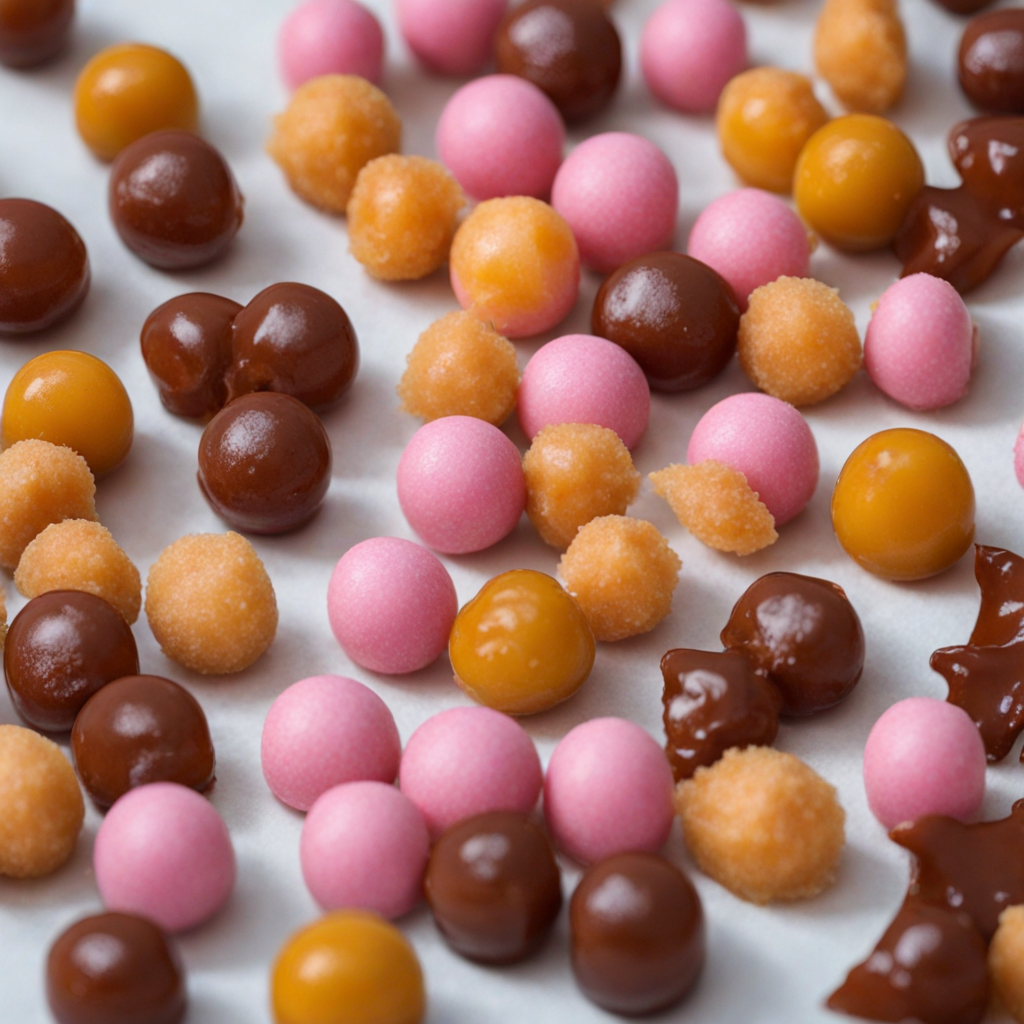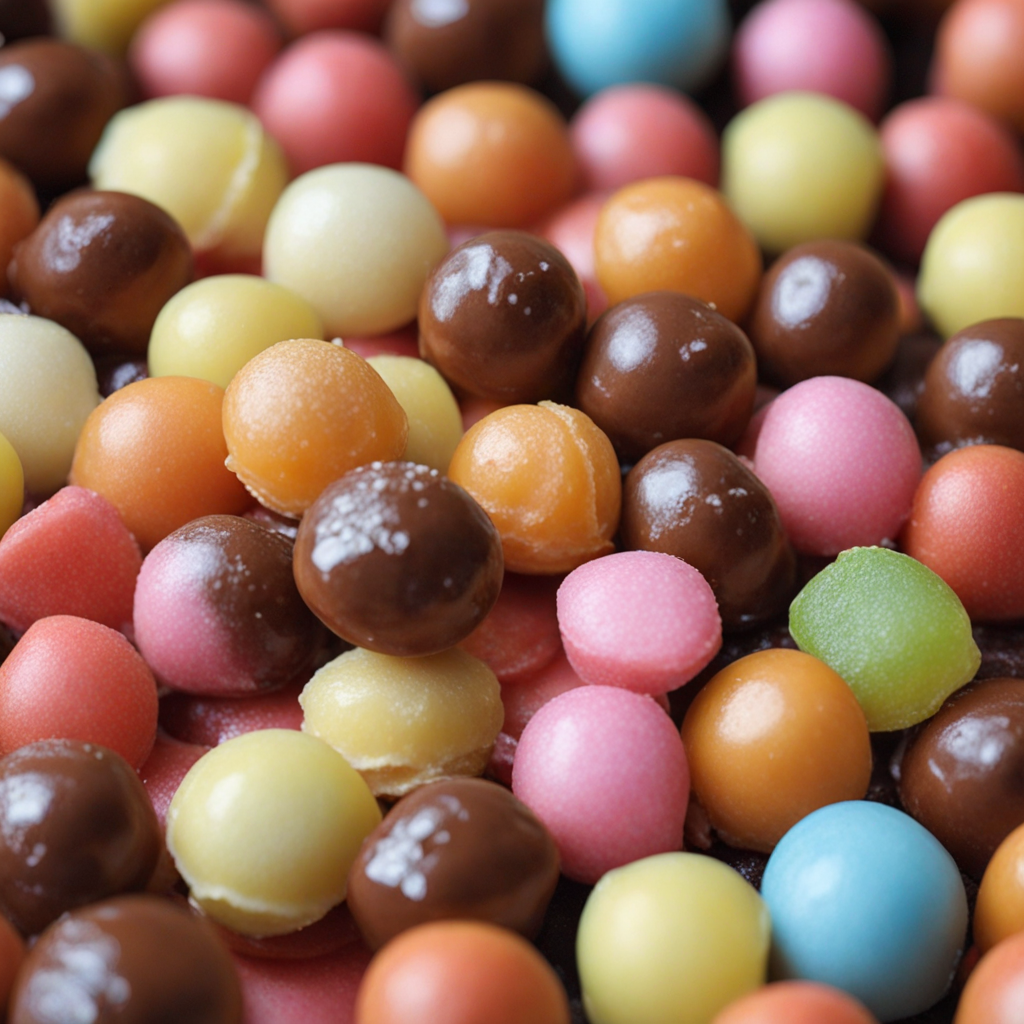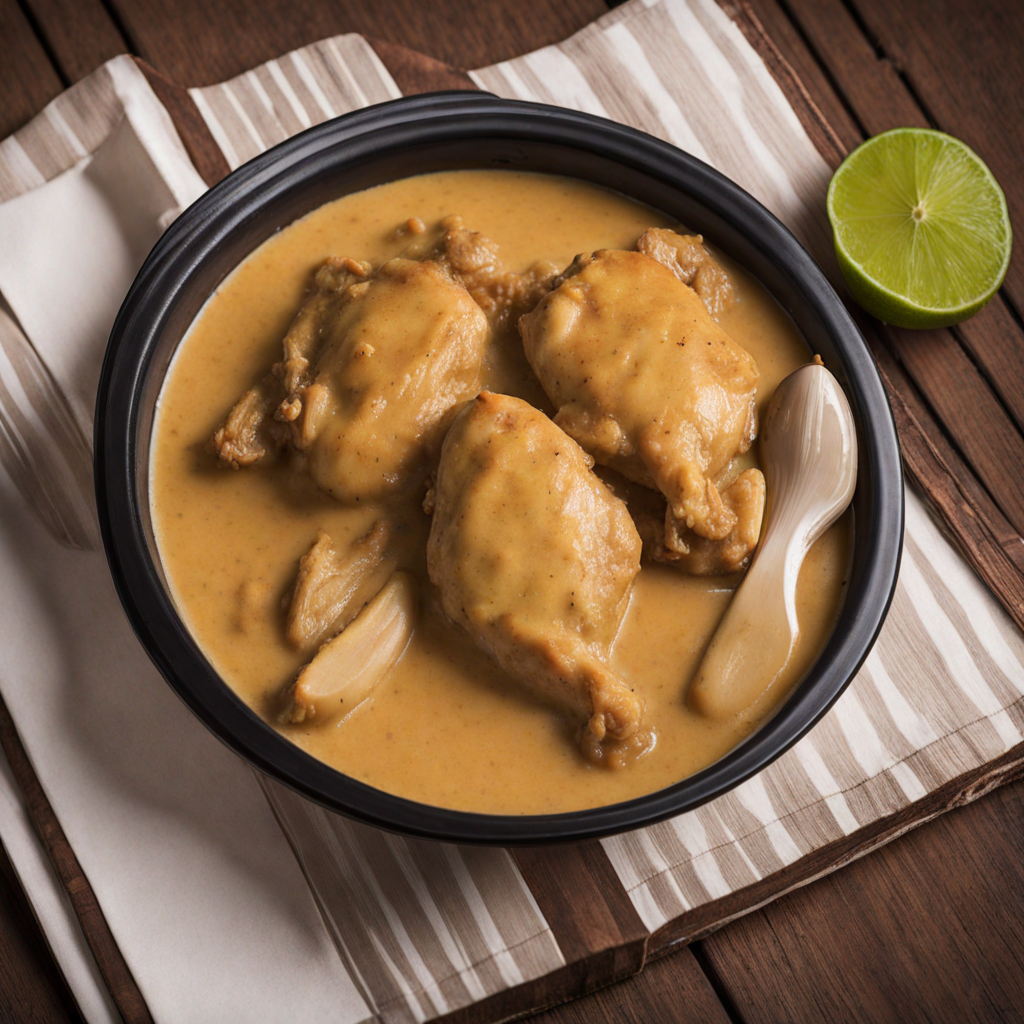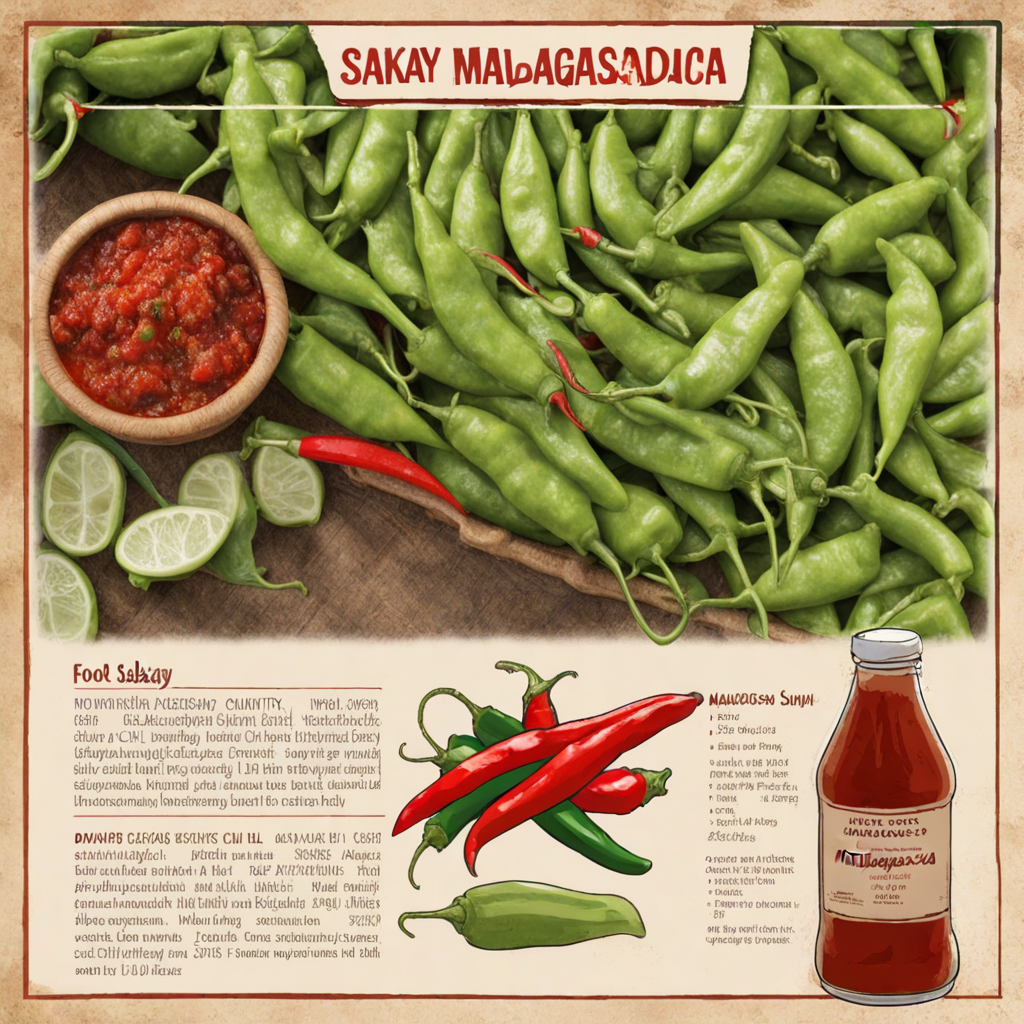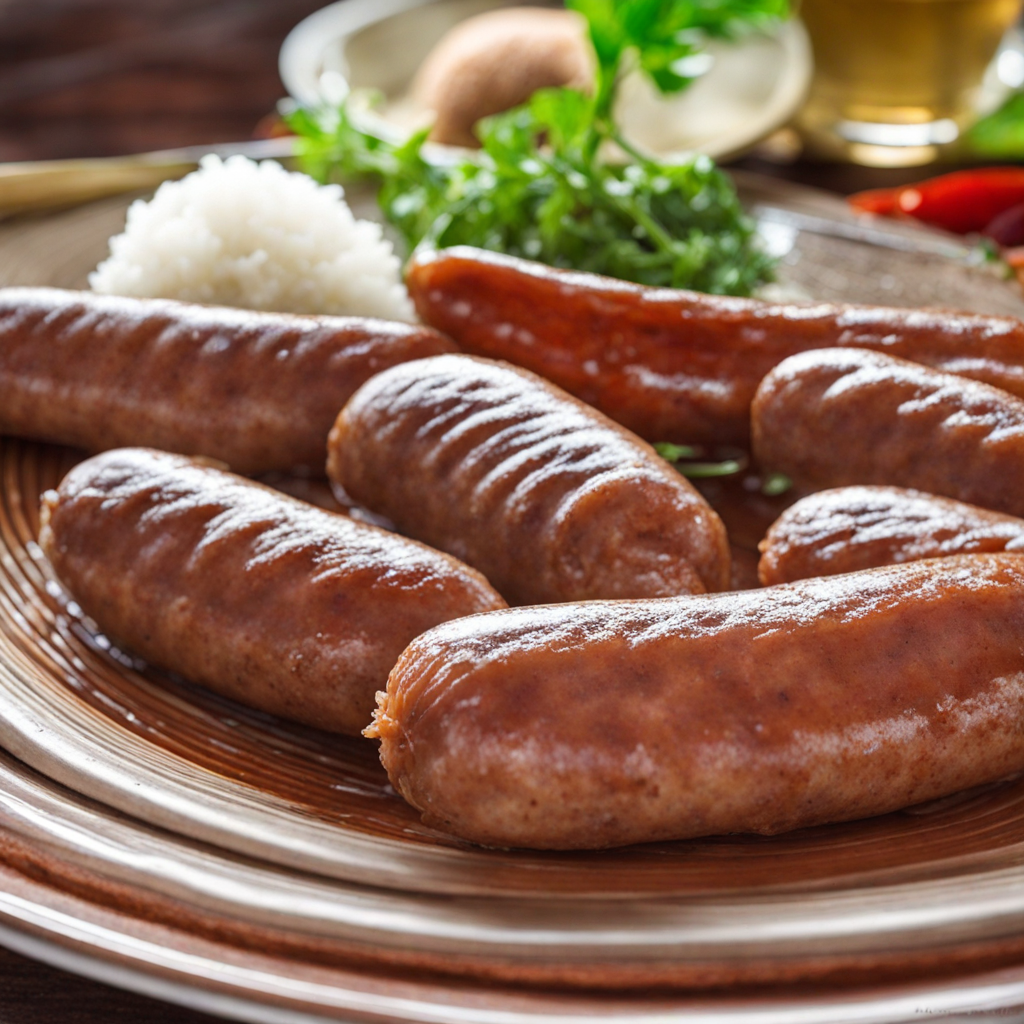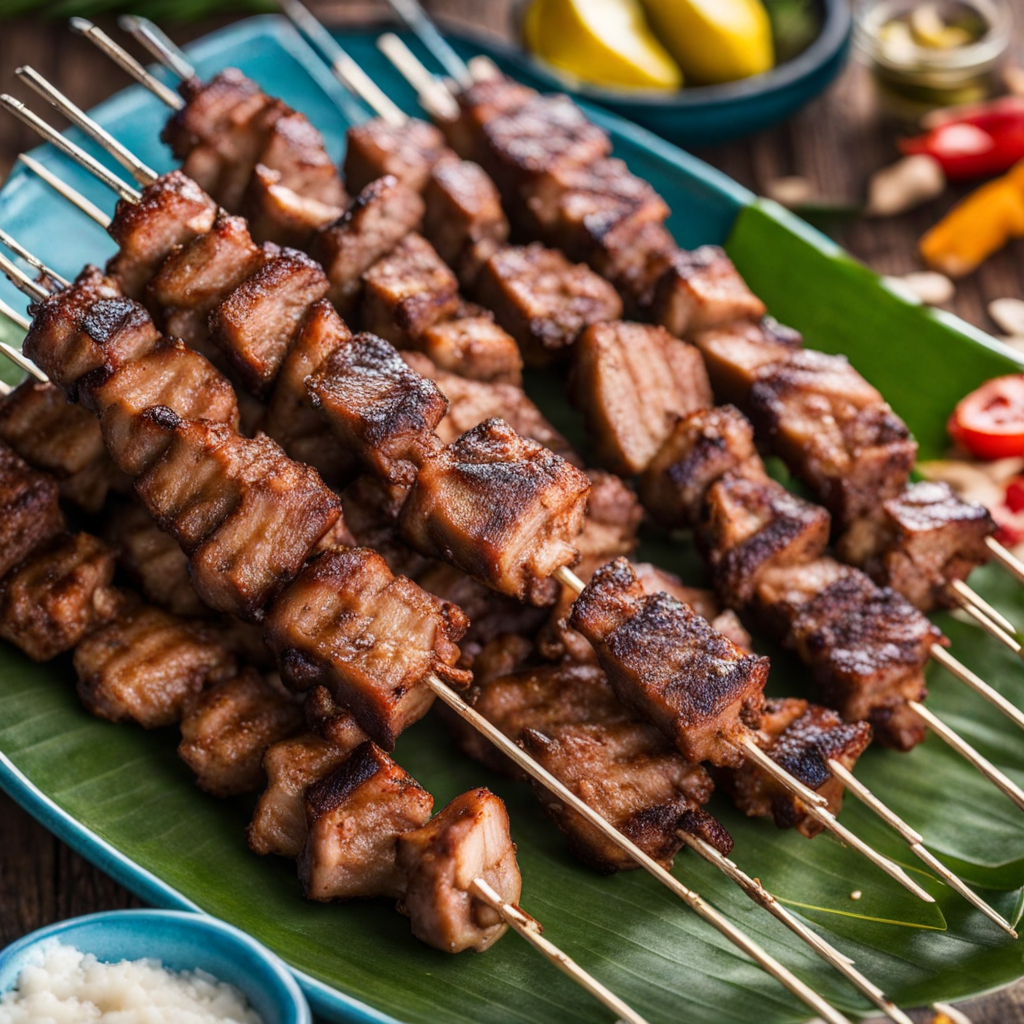Bonbon Mila
Bonbon Mila is a delightful treat hailing from the vibrant culinary landscape of Madagascar. This confection is made from a unique blend of locally sourced ingredients, primarily featuring roasted peanuts, which provide a rich, nutty flavor. The peanuts are finely ground and mixed with sugar and a hint of vanilla, resulting in a sweet yet earthy base that captures the essence of Madagascar’s agricultural bounty. Each bite reveals a slightly crunchy texture, perfectly balanced by the smoothness of the ground peanuts, making it an irresistible snack for those seeking something different. What sets Bonbon Mila apart is the use of traditional methods in its preparation. The mixture is often rolled into small balls and coated with a fine layer of grated coconut, adding a tropical flair that complements the nuttiness of the peanuts. This coating not only enhances the flavor but also provides a chewy texture that contrasts beautifully with the crunch of the roasted peanuts. The vibrant colors of the coconut against the golden-brown of the peanut mixture make Bonbon Mila visually appealing, transforming each piece into a tiny work of art. Enjoying Bonbon Mila is more than just a taste experience; it’s a journey into the heart of Madagascar’s culture. Often shared during celebrations or as a treat for children, these sweet bites symbolize hospitality and community. As you savor each piece, you’ll find that the complex flavors and textures evoke the warmth of Madagascar’s rich traditions, making Bonbon Mila not just a snack, but a delightful introduction to the island's culinary heritage.
How It Became This Dish
The Sweet Story of Bonbon Mila: Madagascar's Traditional Treat #### Origins Bonbon Mila, a delightful confection from Madagascar, embodies the island's rich cultural tapestry and culinary heritage. The name itself carries a significance; "bonbon" translates to "candy" or "sweet" in French, while "mila" refers to "to be melted" in Malagasy, aptly describing the treat's texture and taste. The origins of Bonbon Mila can be traced back to the island's diverse history, influenced by a melting pot of cultures, including African, Arab, French, and Indian. Madagascar, with its unique biodiversity and agricultural abundance, has long been a land of natural resources, and its people have historically utilized local ingredients to create traditional dishes and snacks. Bonbon Mila is primarily made from locally sourced ingredients like peanuts, sugar, and vanilla, which are staples in Malagasy cuisine. The use of peanuts, brought to Madagascar by early traders, showcases the influence of global trade routes, while sugar cane became prominent during the colonial period, further enriching the island's culinary repertoire. #### Cultural Significance Bonbon Mila is more than just a sweet treat; it is an integral part of Madagascar's cultural identity. Traditionally, it is served during significant celebrations such as weddings, birthdays, and festivals, symbolizing joy and community. The preparation of Bonbon Mila is often a communal activity, bringing families and friends together, reinforcing social bonds, and allowing the sharing of culinary skills across generations. In Malagasy culture, food is deeply intertwined with social rituals and spiritual beliefs. Sweets like Bonbon Mila are often offered to ancestors during ceremonies, embodying a connection to the past and honoring familial ties. The act of sharing Bonbon Mila at gatherings represents hospitality, a valued trait in Malagasy society, where offering food to guests is seen as a sign of respect and goodwill. #### Development Over Time The evolution of Bonbon Mila reflects broader historical and social changes in Madagascar. During the colonial era, French influence permeated various aspects of Malagasy life, including culinary practices. The introduction of refined sugar and new cooking techniques allowed for the enhancement of traditional recipes, including those for Bonbon Mila. This period marked a significant transformation in Malagasy cuisine, leading to a fusion of flavors and techniques that continue to define the island’s gastronomic landscape today. In the post-colonial period, as Madagascar regained its independence in the early 1960s, there was a resurgence of interest in traditional foods and customs. Bonbon Mila became a symbol of national pride, representing the island's unique identity in the face of globalization. Efforts to preserve and promote local cuisine led to the revitalization of traditional sweets, with Bonbon Mila at the forefront of this movement. In contemporary Madagascar, Bonbon Mila has found its way into both local markets and international culinary scenes. Street vendors and small shops offer these delightful confections to locals and tourists alike, showcasing the enduring popularity of this treat. Additionally, the rise of eco-tourism and culinary tourism has introduced Bonbon Mila to a global audience, allowing visitors to experience Malagasy culture through its flavors. #### The Art of Making Bonbon Mila The process of making Bonbon Mila is as enchanting as its history. The primary ingredients include roasted peanuts, sugar, and sometimes vanilla or other local flavorings. The peanuts are ground into a paste and mixed with sugar, which is then cooked until it reaches a soft, caramel-like consistency. Once cooled, the mixture is rolled into small balls or shaped into bite-sized pieces, often dusted with powdered sugar or wrapped in colorful paper for presentation. This artisanal approach to making Bonbon Mila not only highlights the skill of the makers but also emphasizes the importance of using quality local ingredients. Many families have their own variations of the recipe, often passed down through generations, which adds a personal touch to each batch. The diversity in preparation methods reflects the regional differences within Madagascar, where local tastes and preferences influence the final product. #### Bonbon Mila Today Today, Bonbon Mila continues to thrive as a cherished part of Madagascar's culinary landscape. With the growing interest in traditional foods, many chefs and home cooks are experimenting with new interpretations of this classic sweet. Some modern variations incorporate other ingredients like chocolate, coconut, or fruit, providing a contemporary twist while still honoring the essence of the original recipe. Moreover, Bonbon Mila is gaining recognition in the realm of gastronomy. Culinary festivals and events celebrating Malagasy cuisine often feature this sweet delicacy, encouraging chefs to showcase its versatility. In recent years, the treat has also found its way into international food fairs and cultural exchanges, allowing global audiences to appreciate the flavors of Madagascar. #### Conclusion Bonbon Mila is more than just a candy; it is a representation of Madagascar's rich history, cultural significance, and culinary evolution. From its humble beginnings rooted in local ingredients to its place as a beloved treat in contemporary Madagascar, Bonbon Mila encapsulates the island's spirit. As it continues to be shared and celebrated, this sweet delicacy serves as a reminder of the power of food to connect communities, honor traditions, and bridge cultural divides. In a world increasingly driven by fast-paced living and globalization, Bonbon Mila stands as a testament to the importance of cultural heritage and the joy of sharing food. Whether enjoyed at a family gathering or discovered by a traveler exploring Madagascar's vibrant culinary scene, this enchanting sweet invites all to savor a taste of the island's unique story.
You may like
Discover local flavors from Madagascar


